The anatomy of a home theater amplifier/AV receiver
When you first take your home theater amplifier out of its box it can look like a daunting piece of kit. The back of the receiver in particular will be covered in dozens of input ports.
However, once you understand the basics, you will quickly realize that an AVR isn't so scary after all and once you've seen one, you've pretty much seen them all.
This guide will take you through the anatomy of a typical home theater amplifier before moving on to more detailed considerations about setting up your home theater.
Once you understand the basics, you will quickly realize that an AVR isn't so scary after all and once you've seen one, you've pretty much seen them all.
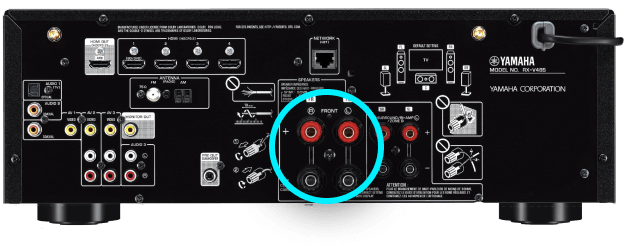
Speaker inputs
The most prominent outputs in the back of most AVRs are those for your home theater speakers. These are usually colored red for the positive connection and black for the negative. They will normally be labeled based on a standard surround sound setup. You don't have to use them all though. Even if you have just two speakers, you can connect them to the outputs labeled 'Front Right' and 'Front Left' and they will work perfectly.
Another pair of outputs you should look for are the 'Pre-Out' connections. Pre-out means that the signal isn't amplified. These outputs may even be helpfully labeled 'SubWoofer' because they are for you to plug in your powered sub unit. You will need a subwoofer to listen to audio bass frequencies.
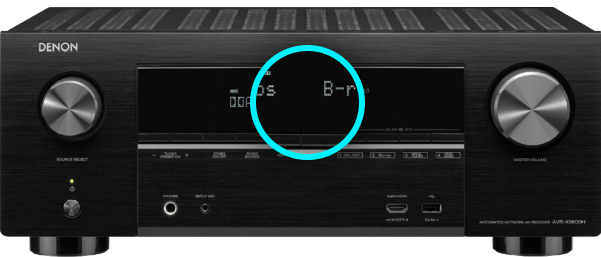
The front of an AVR
The front of most AVRs tend to look similar with a digital LED display panel between two large dials. These dials are the master volume of the amplifier and a source selector for choosing which device is active at the time.
You may also find one or two useful inputs, maybe a USB port and an RCA input. These are handy for quickly plugging in an iPod or a smartphone as a music source. There may be further controls hidden behind a front panel.
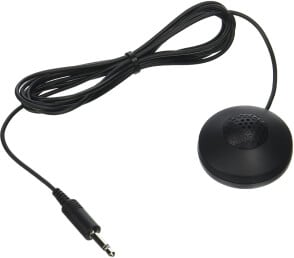
Equalization controls
If you are looking for equalization controls to adjust the bass, mid and treble and there is nothing on the unit, you will almost certainly be able to adjust this via your remote control or smartphone app. These might be termed 'room correction' or it might be given the name of a brand-specific equalizer (e.g. Pioneer's MCACC or Yamaha's YPAO).
Understanding power output, impedance and speaker efficiency
If you have bought your AVR and speakers as a set you can rest assured that the amplifier is matched with the speakers. You can connect the relevant speaker to its output matching the red prong of your cable to the red port and vice versa.
It is natural to assume that the amplifier with the highest power rating (in Watts) is going to be the best. However, the different ways manufacturers calculate power makes like for like comparison difficult. It also ignores the importance of signal quality, speaker efficiency and the relative impedance of the speaker and amp.
It is natural to assume that the amplifier with the highest power rating (in Watts) is going to be the best. However, the different ways manufacturers calculate power makes like for like comparison difficult
1
The Alternative Current (AC)
The current supplied by an amp to a speaker is alternating (AC). This means that straight away, marketers can choose whether to measure the power an amp delivers by its peak value or its average value (root mean square or RMS). The lower quality amps are more likely to have their peak value advertised making them look, on paper, to be as powerful as more expensive brands.
2
Power delivered to each channel
Second, the power advertised may be a total or per channel. If you are powering seven or more speakers from one amplifier, you will need to know how much power is going to be delivered to each.
3
Signal quality
Then there is signal quality. Just because your amp can pump out plenty of power it doesn't follow that the signal is clean. You want to look for a low THD (Total Harmonic Distortion) and a high SNR (Signal to Noise Ratio).
4
Speaker efficiency
Even the best amp on the market can fail to impress if it is connected to inefficient speakers. Speaker efficiency is measured by placing a microphone one meter away and then running a single Watt of power. The sound pressure level (SPL) in decibels is then measured. This should be 105dB to meet the THX standard. If your speaker falls below this level, it is converting too much power into heat and you will find a more efficient speaker will require less volume to sound great.
5
Impedance value of your amp
Finally, you should aim to match the impedance value of your amp to that of your speakers. Most speakers will be in the 6 to 8 Ohm range and this will be well within the comfortable range of your amp. If you are using 4 Ohm speakers you need to be a little more cautious. Due to Ohm's law, a reduction in impedance (i.e. resistance) will cause an increase in current. This can cause the amp to run a little hotter than normal.
Dolby Atmos, DTS:X & Auro-3D: completing the third dimension
Codecs are pieces of software which decode incoming digital signals for playback. If you are hoping to benefit from the full experience of the digital wizardry within the latest DVDs and streaming media services, your amp needs to have the codecs to handle them. Otherwise the magic will just be discarded and you will experience a watered down version.
For the ultimate surround sound audio experience, you should look for AVRs with codecs for Dolby Atmos and, ideally, DTS:X and Auro-3D too.



The 2012 premiere of Brave in the Dolby Theater, Los Angeles 2012, was the first time a theater audience had experienced Dolby Atmos, an object-based surround sound technology designed to create the first truly three-dimensional audio space. Using a combination of in-ceiling and up-firing speakers, Dolby Atmos delivers ambient surround sound in ten channels (including two height channels) while using a further 118 audio tracks to create sound 'objects' within the field created.
In contrast to standard surround sound, which is experienced as a wide field of sound encircling the viewer, Dolby Atmos is designed to create the impression of a three-dimensional field which flows around them
Since then, Dolby Atmos codecs have made their way into consumer electronics including the latest home theater amplifiers and soundbars from the likes of Creative Labs, Gibson, Huawei, Integra, Lenovo, LG, Onkyo, Phillips, Pioneer, Samsung, Sony, Vizio and Yamaha.




Dolby Atmos bitstreams are now encoded into hundreds of movies and TV series including 10 Cloverfield Lane, Deadpool, Game of Thrones, Godzilla King of the Monsters, Gravity (Diamond Luxe Edition), Guardians of the Galaxy Vol 2, John Wick, Kong Skull Island, La La Land, Legend of Tarzan, Mad Max: Fury Road, Pineapple Express, A Quiet Place, San Andreas, The Secret Life of Pets, Sicario, Suicide Squad, Wonder Woman and X-Men Apocalypse.






To experience the full magic of Dolby Atmos surround sound in your home theater, you will need to install either in-ceiling or upper wall-mounted speakers for the vertical channels. Alternatively, you can purchase Dolby-enabled up-firing speakers that bounce sound waves off the ceiling. Apart from that, any 5.1 or 7.1 speaker setup will be fine (unless you have dipole speakers which will disrupt the localization and separation needed to position sound objects). The more speakers you can add, the more precisely objects will be placed and the more realistic your experience will be.
To experience the full magic of Dolby Atmos surround sound in your home theater, you will need to install either in-ceiling or upper wall-mounted speakers for the vertical channels.
For streaming Dolby Atmos movies through your TV you will need an Atmos-supporting TV and a reliable broadband connection.

Belgian newcomers Auro Technologies use the term 'immersive sound' to describe its unique Auro-3D three-layer height system, explaining how the extra layer leads to a more natural three-dimensional sound field and greater precision than its object-focused rivals. In fact, Auro reserves its AuroMax object-placing tech for large spaces with room for 22.1 or 26.1 arrangements.
Auro also claims to offer superior compatibility with most surround systems able to deliver the technology. Unlike other systems, it can stream its 3D channels at 96kHz.
Auro-3D layout Set-up
Auro-3D layouts are easy to install with no in-ceiling or up-firing speakers needed. Instead, height speakers are placed at a 25 degree angle directly above the front left, front right, surround left and surround right speakers of a standard 5.1 setup (9.1 installation). These eight speakers should ideally be of the same brand or at least have a similar sound.
This setup creates a vertical stereo field in front of the TV or projector screen with the front speakers producing a sense of depth and transparency. The original channel reflections are sufficient to enable viewers to gauge distance and locate sounds. The vertical planes created also have the effect of eliminating the problematic gap between the front and surround speakers
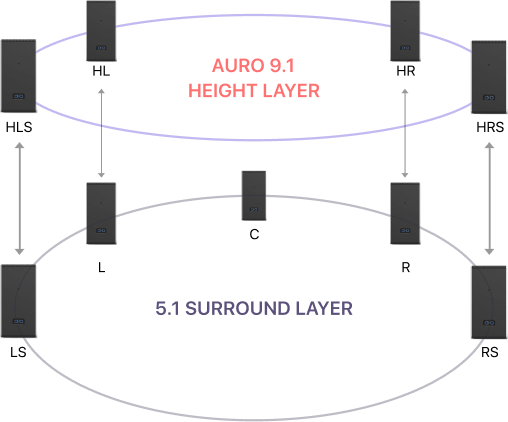
According to Auro, raising the height speakers to any more than 30 degrees affects the natural quality of the sound field, especially in small rooms. For larger rooms, an extra ceiling mounted speaker could be added for the third level 'Voice of God' layer (10.1 installation) and another height speaker can be placed above the center speaker (11.1).
If based on a 7.1 setup (with two rear surrounds), the corresponding 11.1 and 13.1 layouts can be built.
Auro has also developed the Auro-Matic® upmixing algorithm which transforms mono and stereo content into a 5.1 surround sound stream.
AVR and consumer electronics brands adopting Auro-3D include Datasat, Denon, Mcintosh, Marantz, Steinway & Lyngdorf and Trinnov (Auro also controls its own Galaxis Audio and StormAudio brands).

Cinema audiences in Europe first experienced Auro-3D in 2011. Blu-ray titles encoded in Auro-3d include Jumanji: The Next Level, Blade Runner 2049, The Dark Tower, Flatliners, Ghostbusters, Inferno, Passengers, Pixels, Red Tails, Spider-Man: Homecoming, The Texas Chainsaw Massacre and Welcome to the Jungle.





Then there's DTS which markets its object-based audio format, DTS:X, as the most flexible option. DTS:X requires no specific speaker setup and can be played back over any standard surround sound system with height speakers (e.g. 5.1.2 or 7.1.4). Height speakers can be down-firing or installed on-axis as preferred.
AVRs with DTS Neural:X can also convert legacy content using an upmixer and spatial renderer.
DTS:X requires no specific speaker setup and can be played back over any standard surround sound system with height speakers (e.g. 5.1.2 or 7.1.4).
Brands working with DTS:X technology include Denon, Marantz, Onkyo, Pioneer, Sony (e.g. on its BDP range of Blu-ray players), Trinnov and Yamaha.
Titles available with DTS:X bitstreams include American Ultra; Bad Boys for Life; A Beautiful Day in the Neighbourhood (UHD); The Big Short; Charlie's Angels (2019, UHD); Crimson Peak; Daddy's Home; Divergent (UHD); Ex Machina; Gods of Egypt (including 3D and UHD); Harry Potter (all titles); Independence Day; Ip Man 3; Jumanji: The Next Level (UHD); The Last Witch Hunter; London Has Fallen; Lone Survivor (UHD); The Huntman's: Winter War; Snow White and the Huntsman (UHD); Whiskey, Tango, Foxtrot and Zoolander 2.






Avoiding an HDMI headache
Chances are, you will be using HDMI connections for at least one or two of your connected media sources. While HDMI is a great interconnect for supplying audio-visual data there are differences in specification which can make connecting your devices a bit of a headache.
The main issue which causes problems for newbie home theater amplifier owners is the digital rights technology embedded in some HDMI connections (HDCP). This was created to automatically verify that HDMI content is being transmitted to an authorized device that has been built to prevent copying.
The main issue which causes problems for newbie home theater amplifier owners is the digital rights technology embedded in some HDMI connections (HDCP).

If you plug a device into an HDMI port that is not compatible with HDCP 2.2 (e.g. an old DVD player) then you will get an error message when trying to play protected content. The same applies if you try to output to your TV or monitor via a non-HDCP2.2 compliant port because all devices in the chain need to be able to confirm the connection.
If you are streaming 4K/UHD content, you will also need to check whether the HDMI ports you are using are 4K compatible otherwise you will lose this feature.
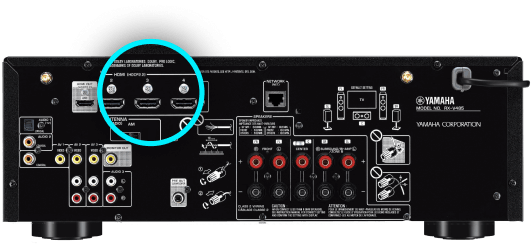
All HDMI ports on the latest AVRs should be compatible with both HDCP2.2 and 4K and will usually be clearly labeled as such. Older devices may have a mixture of compliant and non-compliant HDMI ports. Together with inconsistent labeling practices, this can turn into more of a problem than it really should.
So the take home message is double check which HDMI ports are compatible with both HDCP2.2 and 4K/UHD before buying. Since most games consoles, streaming services and media players now include rights-protected, 4K content the more HDCP 2.2/4K compliant ports you have, the less likely you will need to switch connections around to get the experience you paid for – or lose out altogether.
Multi-room audio systems
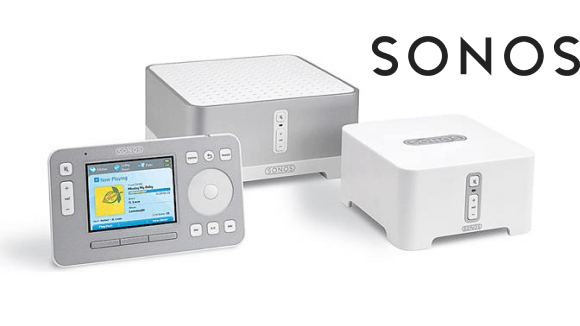
One of the most well-known is Sonos with its SonosNet system which connects to your home Wi-Fi. A Sonos Controller App is all that's needed to set up, sync and calibrate speakers but you can integrate Sonos with your AV receiver using the Sonos CONNECT adapter. One drawback is that Sonos does not connect with Bluetooth.
Bluesound is a decent alternative multi-room system with Bluetooth and AirPlay compatibility. You can access that ecosystem by connecting the NODE 2i music streamer to your AV receiver.
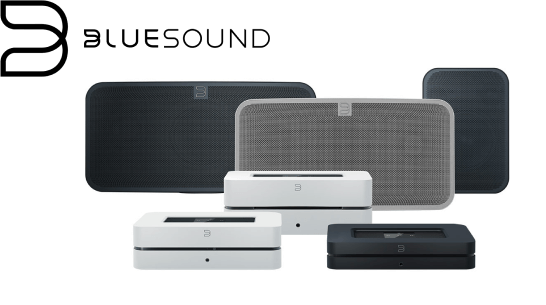

Denon's HEOS system is a wireless multi-room system which contains various types of ergonomic speakers (including a humidity resistant one for the bathroom) and a smartphone app. You can stream music stored on your smartphone or from a streaming service or your home Wi-Fi network. HEOS can also be integrated with Alexa for convenient voice activation.
One feature available via HEOS and other advanced multi-room systems is the ability to either play the same tracks across the house or create different personalized playlists for each room. With HEOS, guests can even jump in with their own favorite tracks (like a jukebox).
HEOS is built into many Denon AV receivers so check the specification before you buy if this is something you are interested in.
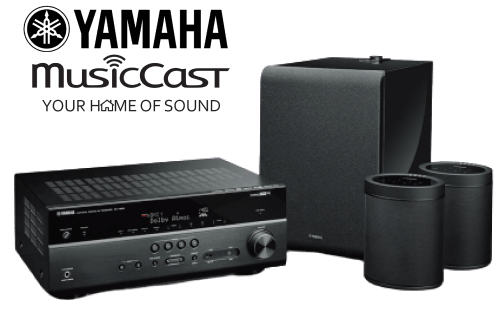
Yamaha's MusicCast multiroom system is also integrated with many of its AVRs, enabling smartphone-controlled coordination of multiple speakers, soundbars and hi-fi components to stream an extensive range of audio services.
If you are looking for an easy to use multi-room system with fantastic sounding speakers and are OK with no surround sound capability, the Audio Pro system is worth investigating. The amplifier and app are very limited though.
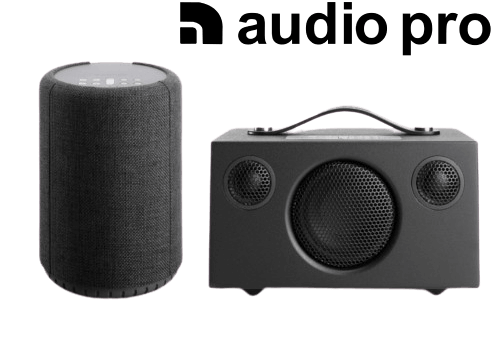
How to adjust sound quality using room correction (equalization)
In the same way you would tune an instrument ahead of a musical performance, you should configure the audio output of your AVR before usage wherever possible. This is known as equalization and all AVRs will have some inbuilt equalization controls. Older models may rely on physical buttons and an LCD screen while the latest models will enable you to remotely adjust EQ settings via an app.
Sound is caused by vibrating air and the number of waves per second (hertz) determines the frequency of the sound. The lowest frequency the human ear can detect is around 20Hz and the highest around 20,000Hz or 20kHz.
Equalizers divide this spectrum of frequencies into smaller bands, making them easier to control and shape to your liking.
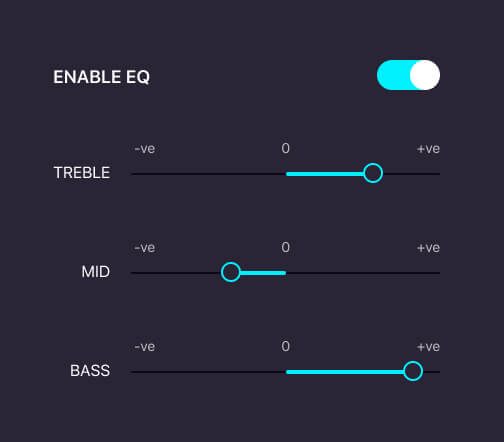
The EQ settings you will probably be most familiar with are treble, mid and bass, the high, mid-range and low frequency bands of your AVR output respectively. Basic treble, mid and bass controls affect very broad frequency brands.
Most modern AVRs have a feature called 'room correction' where you can more finely tune output frequencies using virtual dials and sliders accessed through a proprietary app.
Frequencies are plotted on a scale with a central value of '0' which means you can reduce (cut) the sound amplification (in decibels) of that frequency to a negative value or increase (boost) it to a positive one. Adjusting this level is done via a 'gain' control.
If your AVR includes parametric EQ, in addition to the gain control you will also see a value termed 'Q'. This value refers to the bandwidth of the frequencies you are adjusting. You can choose to work with a small range of frequencies or a broader one by altering this value. When fine-tuning audio, it is good practice to use a narrow Q when cutting and a broad Q when boosting
If your AVR includes parametric EQ, in addition to the gain control you will also see a value termed 'Q'. When fine-tuning audio, it is good practice to use a narrow Q when cutting and a broad Q when boosting
PRO TIP
A pro tip for equalizing a room is to choose a track you know well and use this every time you need to equalize a room. Start by playing the track through a clean channel (gain switched to 'negative infinity') and simply listen to it a few times. Then start adjusting each frequency until the track sounds right to your ears. Over time you will be able to very quickly equalize any space to your liking.
A good place to start is by adding high-pass and low-pass filters. You can use these to strip out the lowest and highest frequencies of a track completely. Adjust the frequencies of these filters until you start to hear a change in the music and then take them back a little. This should remove any rumble and hiss from your tracks.
The big 7 AVR brands
There are plenty of AV receivers on the market and many look very similar. If you're finding it tough to pick out the best based on your needs and the information above, you won't go far wrong by opting for something from one of the following seven big AVR brands:

Arcam was building amplifiers 40 years ago and moved into the home theater market in 1995. Arcam's only aim is to create a natural sound through quality engineering.
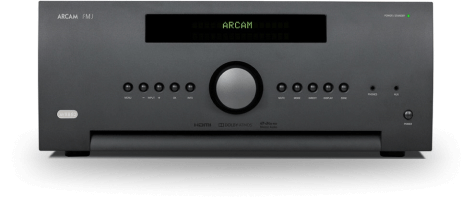
Star model: AVR850

With multiple industry awards from the likes of Home Cinema, EISA and What Hi-Fi?, Denon's AVRs always make the best list. Creator of the HEOS wireless multi-room system.
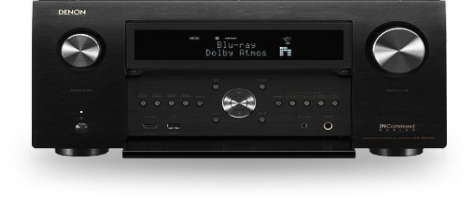
Star model: AVR-X8500H
‘Because Music Matters' is the philosophy behind everything Marantz builds and that includes its high quality AVRs. Marantz is another brand with multiple awards from Home Cinema, AV Forums and What Hi-Fi?
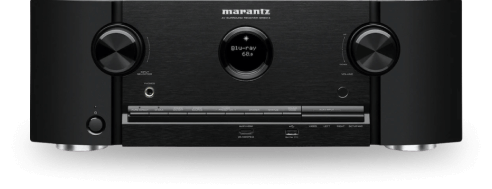
Star model: SR5014
Another firm with Japanese origins, Pioneer was formed in the late 1930s and is one of the best known AVR brands. In fact, Pioneer marketed the first domestic speaker made from moving parts, the A-8.
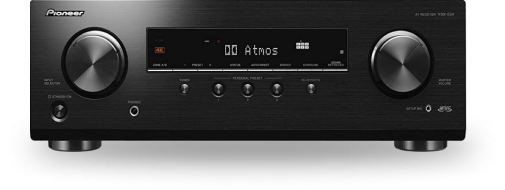
Star model: VSX-534
Established in 1946, Japanese firm Onkyo is one of the most established AVR designers. Now part of the Pioneer & Onkyo Corporation.
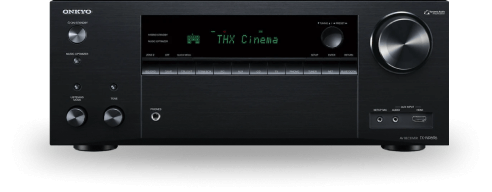
Star model: TX-NR696
A brand that needs no introduction, Sony's purpose is to fill the world with emotion through creativity and technology.
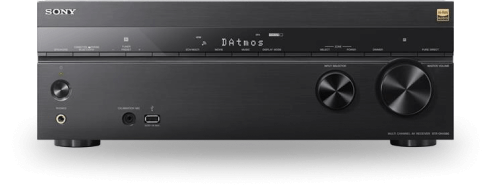
Star model: STR-DN1080

When founder Torakusu Yamaha fixed a broken reed organ in 1887, little did he know that the brand bearing his name would become one of the powerhouses of musical technology.
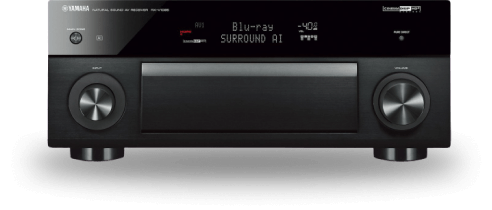
Star model: RX-A3080
Key Questions
Home Theater Seating
- Theater Seating 2 Chairs
- Best Priced Theater Seating
- Elevated Home Theater Seating
- Home Theater Curved Seating
- Chairs For Home Theater
- Movie Theater Home Seating
- Buy Auditorium Seating
- Clearance Home Theater Seating
- Individual Home Theater Chairs
- Best Home Movie Theater Seating
- Home Theater Small Chair
- Four Seat
- Best Sectional Couches
- Theater Room Seats
- Theater Seating Com
- Colorful Recliner
- Living Room Furniture Sectional
Brands, Decor & Features
- Diamond Pattern Furniture
- Black Leather Light Up
- Wireless Battery Pack For Furniture
- Hometheater Riser
- Entertainment Chair At Best Buy
- Movie Theme Rugs
- Movie Thearter Carpet
- Red And Leather Seats
- Number One Selling Reclining Chair
- Octane Flex Hr Reviews
- Charcoal Grey Theater Chairs
- Double Recliner Loveseat With Console
- Best Couches With Massage
- Sectionals With Storage
- Berkline Home Theater Seating
- Dark Blue Sofas
Top Pages
- Recliner 4 Seater Sofa
- All Modern Recliners
- Dual Recliner With Center Console
- Cost Of Theatre Room
- How To Turn A Room Into A Movie Theater
- Chairs For Man Caves
- 2000 Dollar Recliner Chair
- Close To Wall Recliner
- Basement Movie Room
- Big Man Recliners
- What Is A High Speed Hdmi Cable
- Cloth Media Couches
- Cuddle Chair Couch
- Sectional Couches Chaise
- How Does Speaker Wire Work
- Oversized Modular Sectional Sofa
- Man Cave Furniture
